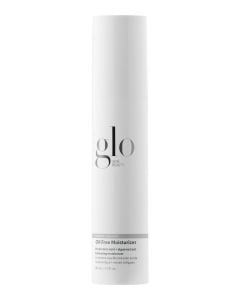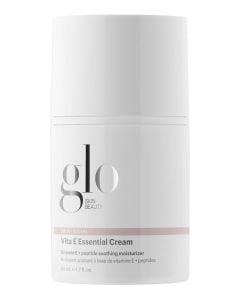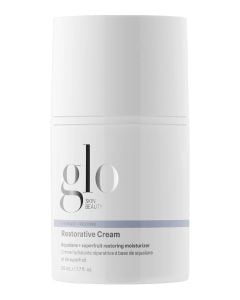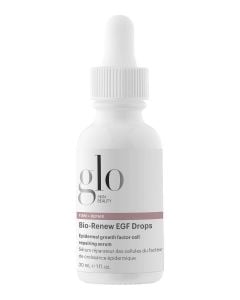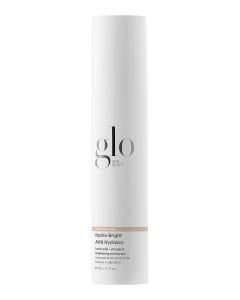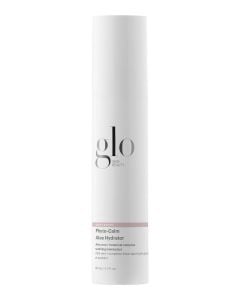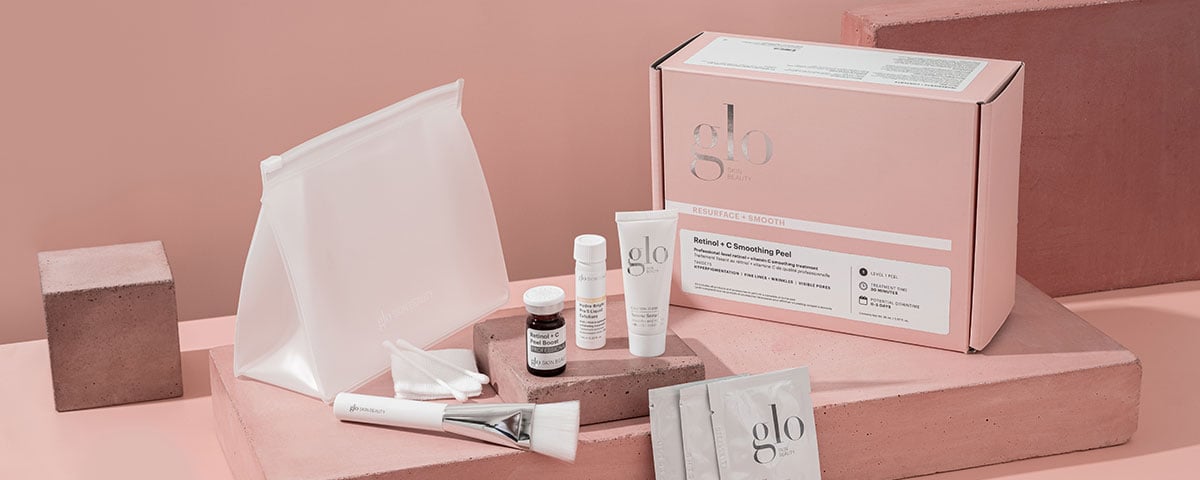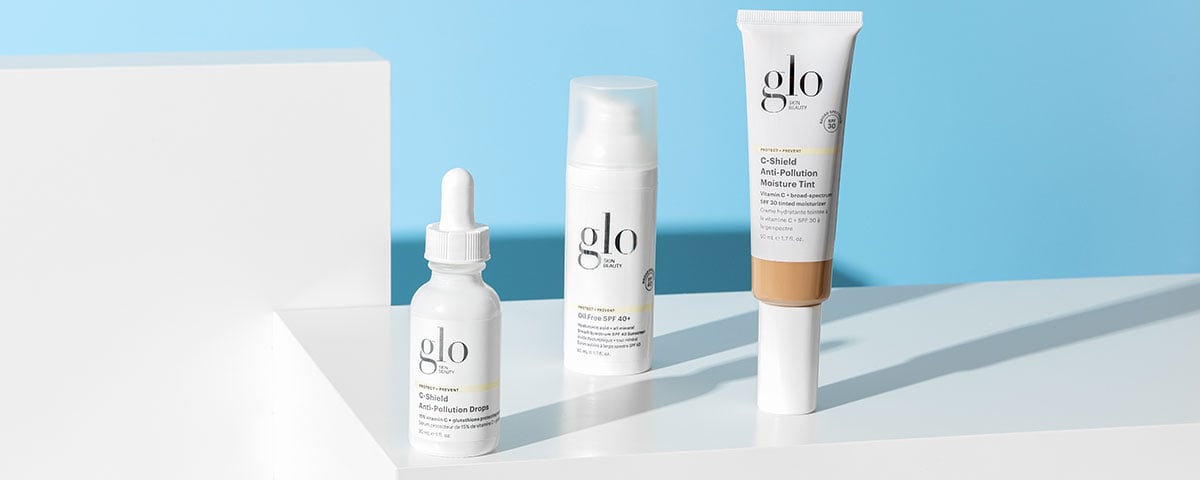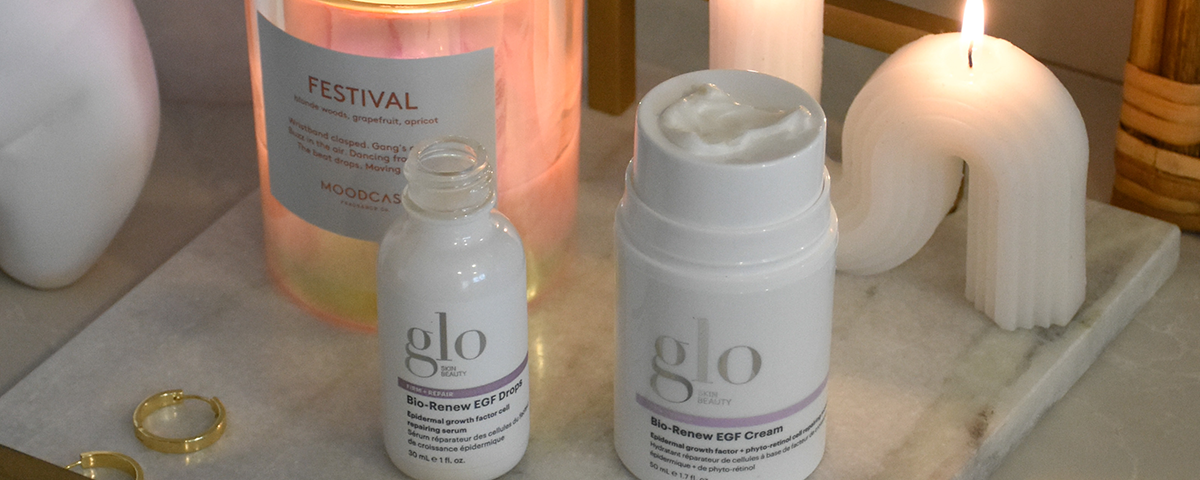
This Is What Happens to Your Body When You Get a Tattoo
Are you wary about getting your first tattoo? You may worry about the pain or that you’ll regret it later in life. But let’s put those worries aside for a moment. What you really need to know before getting a tattoo—something that many people don’t ever really consider or understand—is what happens to your body when you choose to get inked up. Continue reading to learn more about the science behind getting a tattoo.
What Happens to Your Skin?
Before you can understand how tattoos work, you have to know a little bit about the skin. If you remember your first biology course, then you know that there are multiple layers of the skin. The top layer is called the epidermis. Underneath that layer lies the dermis. This is the layer of skin that houses small blood vessels, hair follicles, lymph vessels, and sweat glands. In order for a tattoo to remain permanent, the ink must enter this second layer of the skin.
This is why tattoo artists use needles for tattooing. Although tattoos used to be done manually by puncturing the skin with a needle and injecting the ink by hand, tattoo artists now use tattoo machines that rapidly puncture the skin while injecting the ink at the same time.
The motorized needle, which the tattoo artist dips in ink, creates thousands of tiny pricks in your skin quickly and repeatedly. This helps work the ink into the second layer of the skin. It’s also because of this process that your skin can scab after getting a tattoo—essentially, you’re damaging it to get the ink to stay.
Tattoo artists can use a range of needles for different effects. Each one has multiple needle ends to it, ranging from three to 25. The smaller ones are typically for outlining while the ones with more ends are for shading. The more needle heads there are, the wider area of skin you’re piercing at once. And just how fast do these needles work? Anywhere from 50 to 3,000 times per minute!
Why Are Tattoos Permanent?
Another thing you probably remember from your biology course is that as skin cells shed off the epidermis, the skin cells of the dermis move to the top of the skin to create a new epidermal layer. You might wonder, then, why the ink doesn’t migrate with those cells and shed off with them.
That’s because the ink doesn’t get embedded directly into those cells. Instead, ink particles start in the matrix of the dermis—the gel-like material around your skin cells. Some of them do end up being absorbed by fibroblasts, which are a type of dermal cell that helps heal wounds, but this doesn’t happen enough to make the tattoo disappear.
Instead, its permanence is attributed to macrophages. These are special cells that are part of the immune system. They react as part of the inflammatory process, which is activated when the tattoo needle punctures the skin.
Macrophages rush to the site of the tattoo to clean up the foreign ink particles. Some of these cells make it back to the liver to get rid of the ink waste while others hang around the site of the tattoo. Since these cells can’t dissolve the ink pigment, the ink remains visible through the skin.
Is Tattooing for Everyone?
Tattoos certainly aren’t for everyone! Even if you can handle the pain of repeated needle piercings to the skin, you may still react poorly to getting a tattoo. For one, tattoos are essentially controlled wounds. Some people may require a longer recovery time to heal, such as if they have autoimmune disorders, and they may be susceptible to infection while the wound is healing.
Individuals with conditions like psoriasis may also experience complications because the process causes skin trauma. It’s advised that anyone prone to overgrown scar tissue stay away from tattoos altogether as they may not heal properly. Some people may also experience reactions to certain pigments, especially red, when exposed to sunlight.
If you have a condition that may cause complications when getting a tattoo, be sure to talk to your doctor before heading to the tattoo parlor. It also helps to start with a small tattoo to test how your body reacts to the tattoo process and ink.
Because you’re creating small punctures in the skin, it is also imperative that your tattoo artist uses sterilized needles to prevent infection and other complications.
Can You Remove Tattoos?
Although tattoos are considered a permanent mark on your body, they don’t have to be. If you don’t like your tattoo, for whatever reason, there are options like laser tattoo removal to safely get rid of it.
Now that you know how tattoos affect the skin, it’s fairly easy to understand laser tattoo removal. In this process, lasers send short pulses (as small as one-trillionth of a second) to hit the ink particles and break them apart. This allows the body to pick up the shattered ink particles and carry them away as waste. Different ink pigments may require different lasers, and black is the easiest to treat.
It will take multiple sessions before your tattoo disappears completely, but that is all dependent on a number of factors, including the size and age of the tattoo, the depth of the pigment, and the color of the patient’s skin. Tattoos can be removed in two to four visits, but it may take up to 10 sessions before your tattoo is completely gone.
There are few risks to getting a tattoo removed, but like with any procedure—and just like when you received your tattoo—there are risks to watch out for, such as when treated skin is lighter or paler than that around it. With today’s technology, there’s very little risk of scarring after your treatment sessions are complete.

